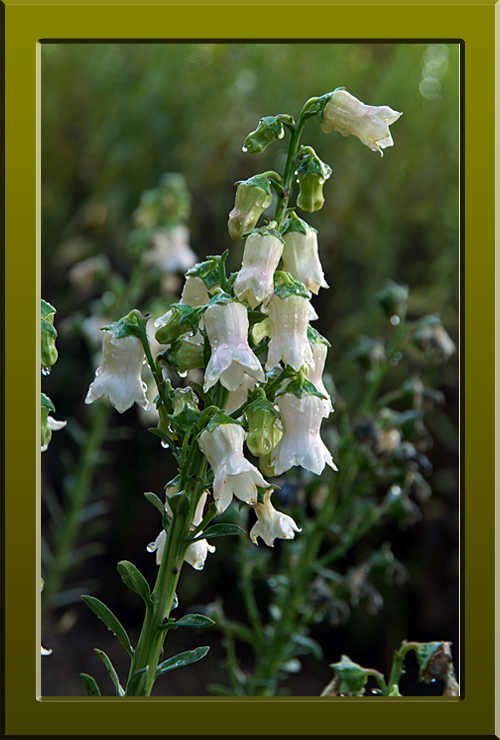Azorean BioProvince
This BioProvinces (as defined by Armen Takhtajan) includes the Azores a group of nine volcanic islands situated in the North Atlantic. In geological terms these are the youngest of the Macaronesian Islands. The highest, Pico, reaches an altitude of about 2300m (the highest mountain in Portugues territory) and the three largest islands, São Miguel, Terceira and Pico represent about 69% of the total area of the archipelago. Calderas are a notable feature and on the younger islands, such as Pico, recent lava flows occur. The older ones are dissected by large numbers of ravines and river valleys and have extensive areas of alluvial and colluvial deposits. All the islands experience a warm, highly oceanic, temperate climate with high humidity, and frosts only occur above about 1000 m. Subalpine vegetation only occurs on Pico. The vascular plant flora now consists of about 843 species although only about 300 of these are considered to be indigenous. Endemism is relatively high comprises about 25% (75 taxa) of the native flora and includes one endemic genus, the interesting Azorina (Campanulaceae). The flora also includes two megaherbs, Lactuca watsoniana (Azorean endemic) and Melanoselinum decipiens (Macaronesian endemic). These seem to be a feature of certain oceanic islands (see, for example, the New Zealand Subantarctic Islands BioProvince).
The following accounts for this BioProvince have been written or will be written with particular reference to endemic and locally important species. Accounts available are displayed in green or yellow. Those displayed in red are either in the pipeline or awaiting expert contributions.
| Index |
|---|
| Major Ecosystems |
| Endemic Vascular Plant Flora |
| Bryophyte Flora |
| Fungus Flora |
| Lichen Flora |
| Invertebrate Fauna |
| Amphibian Fauna |
| Reptile Fauna |
| Bird Fauna |
| Mammal Fauna |
| Conservation Status |

Azorina vidalii (Campanulaceae) a species (and genus) endemic to the Azorean BioProvince (Copyright © 2010 Peter Martin Rhind).


